Cast iron is derived from pig iron, and while it usually refers to gray iron, it also identifies a large group of ferrous alloys which solidify with a eutectic. The colour of a fractured surface can be used to identify an alloy. White cast iron is named after its white surface when fractured, due to its carbide impurities which allow cracks to pass straight through. Grey cast iron is named after its grey fractured surface, which occurs because the graphitic flakes deflect a passing crack and initiate countless new cracks as the material breaks.
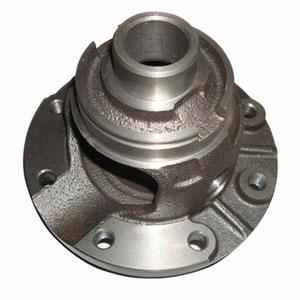 Cast Iron Auto Part
Cast Iron Auto Part
Carbon (C) and silicon (Si) are the main alloying elements, with the amount ranging from 2.1 to 4 wt% and 1 to 3 wt%, respectively. Iron alloys with less carbon content are known as steel.
You might also like
| Austempered Ductile Iron (ADI) Austempered Ductile Iron (ADI) is... | Foundry and Casting A foundry is a factory that produces... | Phase Diagram of Steel Fe-Fe3C Phase Diagram, Materials Science... | Aluminum alloy Aluminum Alloy Wheel An alloy is a material... |


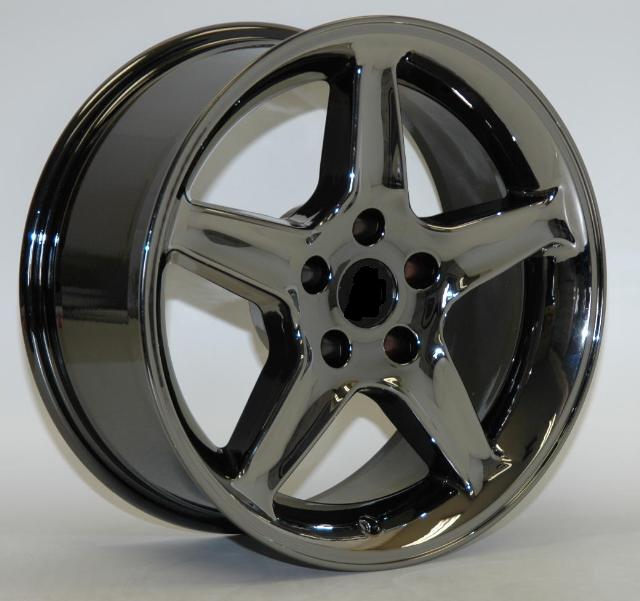

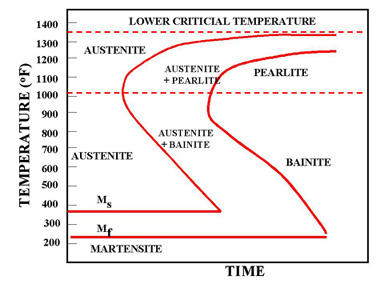



 Alloy Suppliers
Alloy Suppliers
 Aluminum
Aluminum
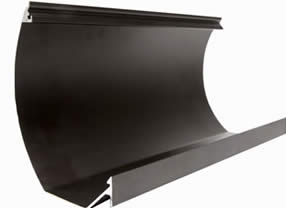 Aluminum Extrusions
Aluminum Extrusions
 Copper-Brass-Bronze
Copper-Brass-Bronze
 Nickel
Nickel
 Magnets
Magnets
 Stainless Steel
Stainless Steel
 Stainless Steel Tubing
Stainless Steel Tubing
 Steel Service Centers
Steel Service Centers
 Titanium
Titanium
 Tungsten
Tungsten
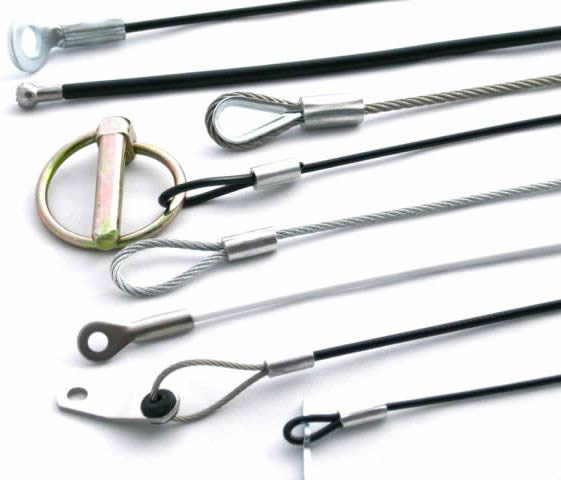 Wire Rope
Wire Rope